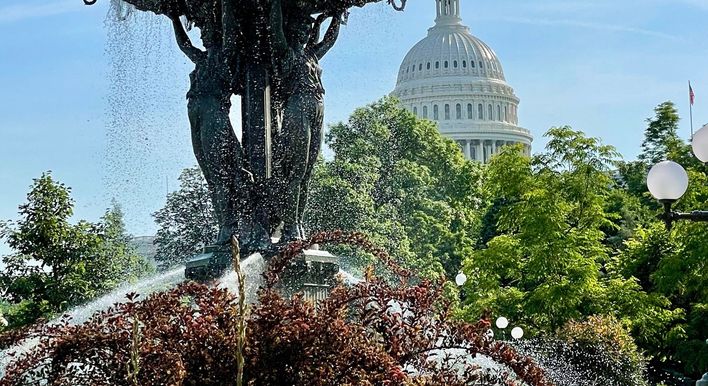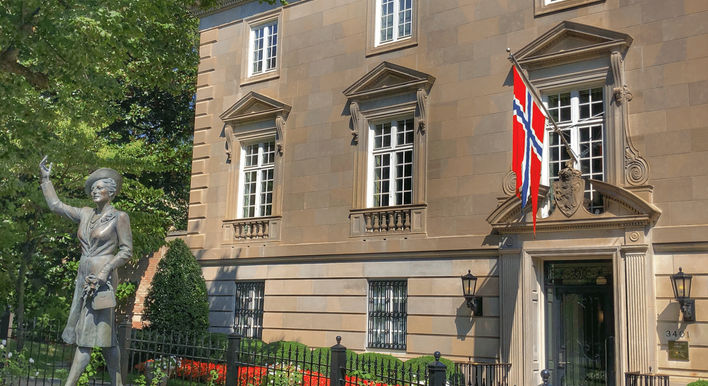David Farragut stands over the square named after him in downtown Washington, DC. Unlike most of the park statues in DC, Farragut’s not on a horse. That’s because he was in the navy where sitting on horses was not done much.
A tour we think you'll love
Farragut had an illustrious naval career. But he is best known for his brilliant victory in the Battle of Mobile during the Civil War. For it was there, in 1864 when lashed to the rigging of his ship the USS Hartford, and other ships warned of dangerous torpedoes ahead, Farragut ordered “Damn the torpedoes, full speed ahead.” Which is a great quote and an awesome Tom Petty album.
But I must admit to always being confused about this famous, if somewhat paraphrased, utterance. When I think of torpedoes, I think of suspenseful WWII movies and torpedoes launched from submarines. But I’m pretty sure they didn’t have torpedoes like that during the Civil War. So, what was Farragut talking about?
During Farragut’s time torpedoes were moored mines: Explosive devices floating on top of the water but moored to the seabed below. So, Farragut’s order to go full speed into a mind field was courageous boarding on reckless.
But the strategy worked, and Farragut won the Battle of Mobile Bay. This was important because Mobile was the rebels last port on the Gulf of Mexico and with the Union controlling the Mississippi, the rebel forces were split in two.
President Lincoln promoted him to vice admiral, making Farragut the highest-ranking person in the US navy.
Another interesting thing about Farragut is that he’s a southerner. He was born in Tennessee, lived in New Orleans, and until right before the Civil War breaks out, he lived in Norfolk, VA. But he believed secession was treason. And his loyalty to the United States never wavered.
The sculpture was done by Vinne Ream. She beat out twelve men to win the commission for the work. And she cast the statue using bronze from the propellers of the USS Hartford.
Farragut is still highly regarded by the navy. Five ships have been named after him. But regrettably, Farragut is best known today by Washingtonians for the two Metro stops named after him.





